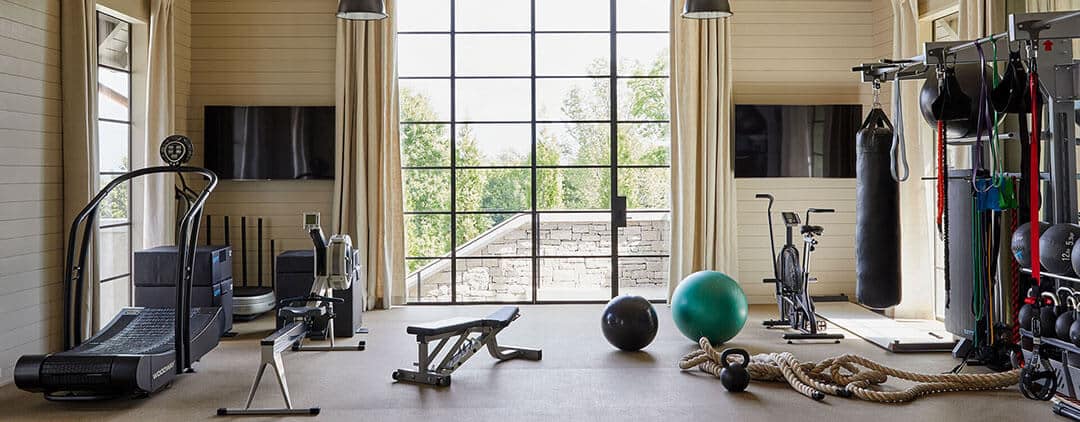Adjustable dumbbells have become an indispensable tool in the world of fitness, offering versatility and convenience in a compact package. To fully appreciate the quality and reliability of these pieces of equipment, it’s important to understand the manufacturing process behind them. Let’s delve into the steps involved in creating adjustable dumbbells, from the selection of raw materials to the final product.
Raw Materials and Components
The foundation of any adjustable dumbbell lies in the materials and components used. Typically, manufacturers use durable materials such as stainless steel, solid cast iron, and high-quality plastic. The choice of material affects the weight, durability, and overall feel of the dumbbell. For example, stainless steel provides excellent corrosion resistance, while solid cast iron offers robustness and stability.
Design and Engineering
The design phase is critical in determining the functionality and user-friendliness of adjustable dumbbells. Engineers consider factors such as grip comfort, weight distribution, and ease of adjustment. Innovative designs often incorporate features like quick-release mechanisms or digital weight displays, enhancing the user experience.
Manufacturing Steps
Once the design is finalized, the manufacturing process begins:
- Casting or Forging: Metal components, such as the dumbbell handle and weight plates, are typically produced through casting or forging processes. These methods ensure consistency and structural integrity.
- Assembly: Components are assembled together. This involves attaching the weight plates to the handle, often using secure locking mechanisms to prevent movement during use.
- Quality Control: Throughout the manufacturing process, strict quality control measures are in place to ensure that each dumbbell meets the required standards. This includes visual inspections and functional tests.
Testing and Inspection
Before being packaged and shipped, adjustable dumbbells undergo rigorous testing and inspection:
- Initial Testing: Each component is tested individually to ensure that it meets the design specifications.
- Final Inspection: Once assembled, the dumbbells go through a final inspection to verify that they function correctly and are free of defects.
Packaging and Distribution
Proper packaging is crucial to protect the dumbbells during transportation:
- Packaging Requirements: Dumbbells are securely packed to prevent damage during transit. Packaging often includes protective foam or cardboard inserts.
- Shipping and Logistics: Efficient logistics ensure timely delivery to retailers and end-users. Tracking systems are used to monitor the progress of shipments.
Understanding the manufacturing process of adjustable dumbbells provides insight into the craftsmanship and attention to detail that goes into creating high-quality fitness equipment. From selecting the right materials to rigorous testing and inspection, every step is crucial in delivering a product that is durable, safe, and effective for users. When considering the purchase of adjustable dumbbells, it’s beneficial to look for manufacturers who prioritize quality and reliability in their manufacturing processes.

